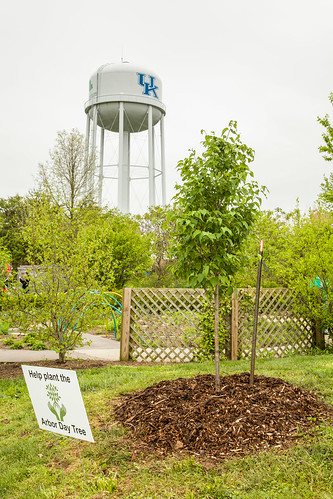Ators of alter are NDVI as well as the active layer thickness. Search phrases Alaska Toolik Climate modify Ecological effects Greenland Zackenberg Medium pass filter VegetationINTRODUCTION Climate warming inside the Arctic, substantial over recent decades and well-documented in IPCC reports (IPCC 2001, 2013), is reflected in adjustments inside a wide variety of environmental and ecological measures. These illustrate convincingly that the Arctic is undergoing a system-wide response (ACIA 2005; Hinzman et al. 2005). The changing measures range from physical state variables, for instance air temperature, permafrost temperature (Romanovsky et al. 2010), or the depth of seasonal thaw (Goulden et al. 1998),to adjustments in ecological processes, including plant growth, which can outcome in changes inside the state of ecosystem components like plant biomass or modifications in ecosystem structure (Chapin et al. 2000; Sturm et al. 2001; Epstein et al. 2004). In spite from the huge number of environmental and ecological measurements made over current decades, it has proven difficult to learn statistically substantial trends in these measurements. This difficulty is brought on by the high annual and seasonal variability of warming inside the air temperature and also the complexity of biological interactions. One particular resolution towards the variability issue is usually to carry out long-term studies. These studies are high-priced to carry out inside the Arctic using the result that many detailed studies have already been somewhat short-term (e.g., the IBP Arctic projects in the U.S. and Canada), or happen to be long-term projects restricted in scope (e.g., the Sub-Arctic Stordalen project in Abisko, Sweden; Jonasson et al. 2012). At present, there are but two projects underway which can be each long-term and broad in scope: Toolik within the Low Arctic of northern Alaska and Zackenberg within the High Arctic of northeast Greenland (Fig. 1). Right here we use information from these web pages to ask which sorts of measures basically yield statistically important trends of effects of climate warming Additional, are there common traits of these valuable measures that cut down variabilitySTUDY Sites The Toolik project (Table 1) is situated at the University of Alaska’s Toolik Field Station (TFS) some 125 km inland in the Arctic Ocean. The Long term Ecological Analysis (LTER)1 and connected projects at this website havehttp:arc-lter.ecosystems.mbl.edu.The Author(s) 2017. This article is published with open access at Springerlink.com www.kva.seenAmbio 2017, 46(Suppl. 1):S160SFig. 1 Location of Toolik, Alaska (68o380 N, 149o430 W) and Zackenberg, Greenland (74o300 N, 21o300 W), long-term arctic study sitesTable 1 Ecological settings for Toolik and Zackenberg analysis BHI1 internet sites Toolik field station Place Inland, Northern Alaska 68o380 N, 149o430 W, 719 m altitude Physical Rolling foothills, Continuous permafrost (200 m), annual setting temperature -8 , summer time (mid-June to mid-August) 9 ,  annual precipitation 312 mm Ecology Tussock tundra (sedges, evergreen PubMed ID:http://www.ncbi.nlm.nih.gov/pubmed/21301389 and deciduous shrubs, forbs, mosses, and lichens). Low shrubs, birches, and willows develop among tussocks and along water tracks and stream banks. Low Arctic LTER (Long term Ecological Study), ITEX (International Tundra Experiment), NOAA’s Arctic Program, CALM (Circumpolar Active Layer Monitoring), as well as the TFS environmental monitoring program Zackenberg Coast, Northeast Greenland 74o300 N, 21o300 W, 0 m altitude Mountain valley, Continuous permafrost (estimated 20000 m), annual temperature -8 , summer time (three months) four.five , an.
annual precipitation 312 mm Ecology Tussock tundra (sedges, evergreen PubMed ID:http://www.ncbi.nlm.nih.gov/pubmed/21301389 and deciduous shrubs, forbs, mosses, and lichens). Low shrubs, birches, and willows develop among tussocks and along water tracks and stream banks. Low Arctic LTER (Long term Ecological Study), ITEX (International Tundra Experiment), NOAA’s Arctic Program, CALM (Circumpolar Active Layer Monitoring), as well as the TFS environmental monitoring program Zackenberg Coast, Northeast Greenland 74o300 N, 21o300 W, 0 m altitude Mountain valley, Continuous permafrost (estimated 20000 m), annual temperature -8 , summer time (three months) four.five , an.